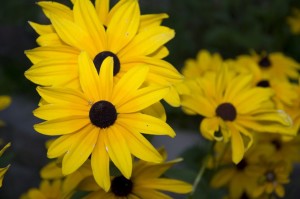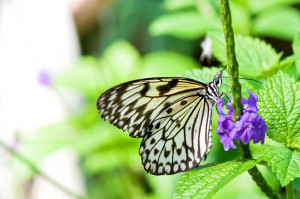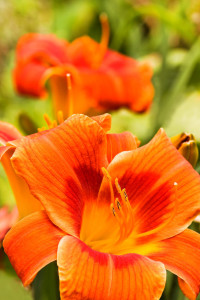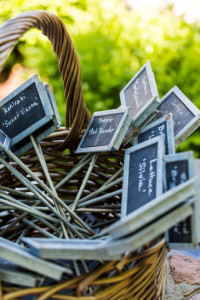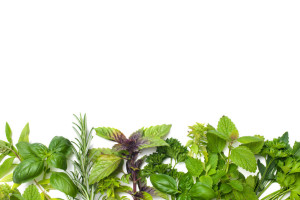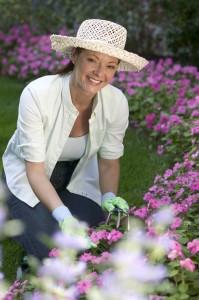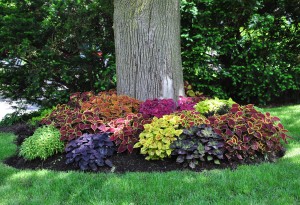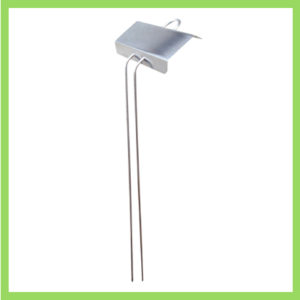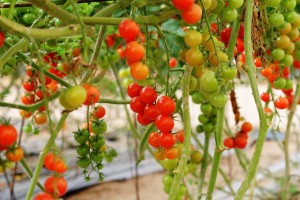Sturdy Markers for Roses Label a Lifetime of Memories
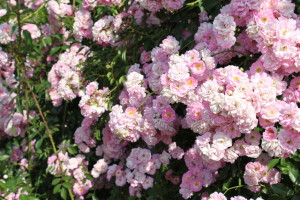 Are your roses part of your family history? Is there a bush that was once your grandmother’s that is now creating its generation of buds in your garden? Are there blooms that remind you of the day your child gave you that little bush that has grown so much over the years just like they have grown? We label our roses for different reasons. Sometimes we label to remember all of the elegant names of our roses. Other times it is to preserve their place in our family history. Markers for roses can become markers of time and memory—an album of life passed from one generation to another.
Are your roses part of your family history? Is there a bush that was once your grandmother’s that is now creating its generation of buds in your garden? Are there blooms that remind you of the day your child gave you that little bush that has grown so much over the years just like they have grown? We label our roses for different reasons. Sometimes we label to remember all of the elegant names of our roses. Other times it is to preserve their place in our family history. Markers for roses can become markers of time and memory—an album of life passed from one generation to another.
Perhaps you’ll soon be starting that family history by transplanting a rose bush from another family member’s garden to your garden or starting that legacy in your own backyard. How do you make sure that those bushes will survive for generations to come? Gardening Know How recommends some helpful tips to get your rose garden off to a good start:
- Spring is the best time to plant roses, although fall is a suitable time, too.
- Let their roots prosper in a spot that gets at least six hours of sunlight.
- Start your roses off with some nutritious plant fertilizer each spring and keep them hydrated.
- Make sure roses get at least an inch of water each week.
- Water roses close to the ground to prevent moisture from sitting on the leaves which can cause leaf rot.
- Mulch the ground around the roses to keep the ground moist, but not soaking.
- Roses like haircuts. Prune them frequently to keep their legs from becoming too spindly.
Planting a part of your family history comes with a sense of responsibility. You’ll carefully choose a site, put the roses in, feed and nourish your plant and expect that they will live a long life. You imagine your ancestors snipping roses for the flower vases you’ll never see and smile with the thought that you will have given a good start to that life that has surpassed you.
You should expect that your markers for roses will last as long as your beloved roses. Stainless steel markers will not rust or decay and will weather the storms over the years. While adults may tip-toe through the tulips, there may be children who run through the roses. Sturdy posts on the markers for roses will stand up to the giggling bumps and kicks they endure.
Kincaid Plant Markers are used in the backyards of gardeners who love their rose bushes and in public gardens to educate visitors about the varieties of beautiful roses that bloom across our nation. At gardens like the Better Homes & Gardens experimental garden in Des Moines, Iowa, our markers educate current and future gardeners from anywhere in the world. Back home, we hope our markers can become a part of your family of roses, educating, entertaining and preserving family memories.

